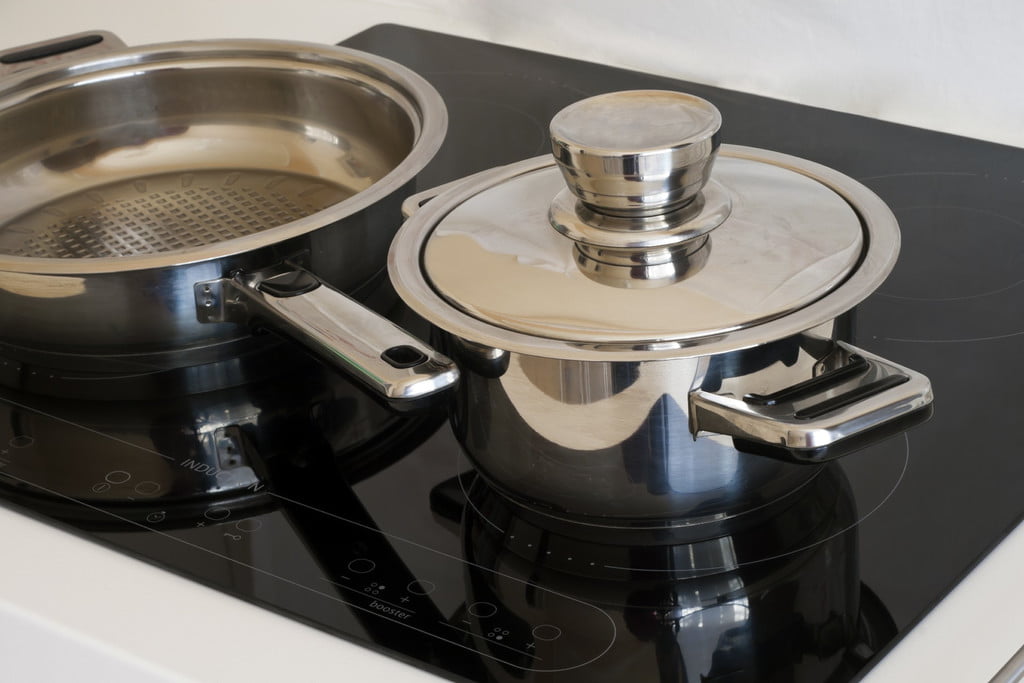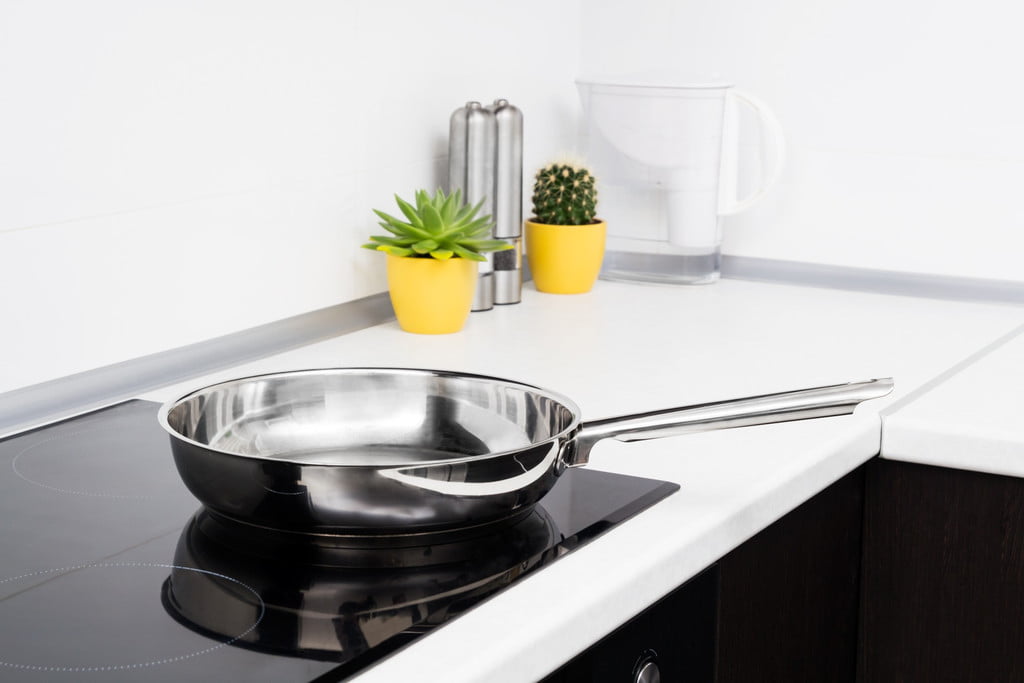Cooking is a skill in its own right, and it takes a lot of practice to become a confident chef. Whether you’ve only started following cooking videos for beginners, or you’re an acclaimed chef with extensive experience, talent and skill can only get you so far. The tools you use will make or break whatever tasty morsel you’re preparing. Pans in particular. Much of a meal’s preparation takes place in a pan — from sauces to searing and simmering. The best pans are designed to conduct heat evenly and respond quickly to temperature. Stainless-steel pans are desired for this reason, among others, and require diligent care. If you’d like your cookware to last a long time, take a look at this helpful information to keep on cooking.

What makes stainless-steel pans so special?
Stainless-steel cookware comes with a slew of benefits for anyone who finds themselves cooking with any regularity. For one thing, stainless-steel is nontoxic and gives off less synthetic residue than Calphalon or other nonstick, coated options. Stainless-steel distributes heat very evenly, making it ideal for sauteing, boiling, and baking.
Because they have an aluminum core, these types of pans can retain higher heats than other sets without warping. Particularly for meat such as steak, or even fish, you can get a perfect, even sear when whipping up any masterpiece. Stainless-steel is the most common type of cookware utilized by chefs around the world. Also, when used properly, these pans are nonstick, giving them the full range of culinary creative power.
What are the most common mistakes made with stainless-steel pans?
For the unaware, it is possible to mistreat stainless-steel sets and damage them. First, it is possible to overheat them. Although they can hold higher temperatures, subjecting them to these levels for too long will result in unsightly stains that will be impossible to scrub out. You never want to clean them before they’ve cooled, as this is one of the few ways you can actually warp stainless-steel.
Also for this reason, it is best not to trust a dishwasher to do the job. Wash the pans by hand (again, once they are completely cooled). Do not use steel wool to scrub off bits of burned food that may stick to the bottom. You will scratch the finish irreversibly. Depending on the level of calcium in your water supply, you may see calcium buildup, as well. Don’t ignore that, as it can dull the look of your cookware over time.
What is the best way to clean stainless-steel pans?

So now the real question: How to clean stainless-steel pans? In addition to cleaning them by hand, you want to use the right cleansers and tools. Always stick to nonabrasive sponges or dishcloths. For those stubborn, burned bits of food, a helpful trick is to boil water in the pan, which will soften the burned pieces and allow you to rub them away without leaving scratch marks.
Always dry the pans thoroughly after washing to eliminate unsightly water spots. If it turns out your water does leave calcium stains, try boiling a water and vinegar solution to shine it up. About 3/4 cup of water to 1/4 cup of vinegar. A lesser-known secret with stainless-steel pans is to never add salt to water before it is boiling. Doing this could pit the surface of the pan.
Cleanup is part of cooking, although it isn’t always as fun as devouring your dish. Even so, if you want to continue making delicious meals, it is vital to take good care of your kitchen equipment. Stainless-steel pans are beloved by chefs around the world. They are superior heat conductors that are made to last a lifetime. Being lazy in cleaning and caring for them will only set you back in the long run. Use nonabrasive tools and cleaners, and be aware of the pan’s temperature when cooking and cleaning.
Never scrape or scratch at burned bits, and use boiling water or vinegar solutions to gently work away marks and dirt. Always dry your pans immediately after washing them. If you can remember these basics, you’ll reap the benefits of world-class cookware.


